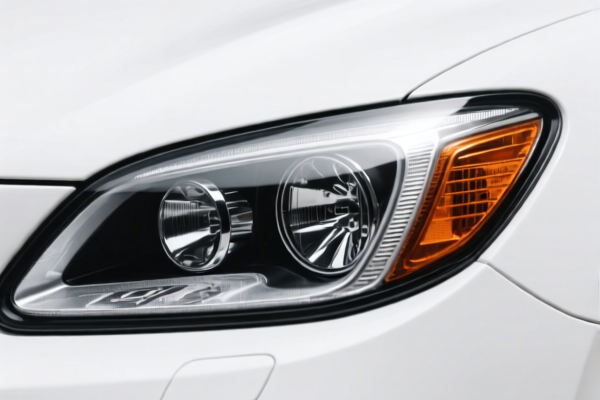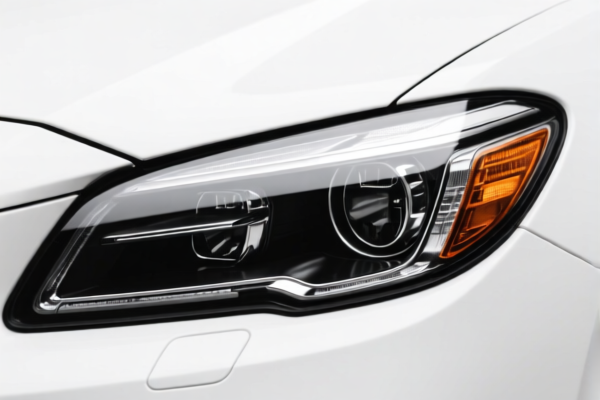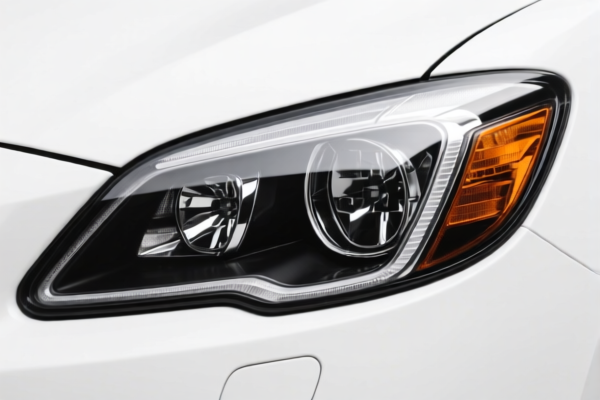| HS Code | Official Doc | Tariff Rate | Origin | Destination | Effective Date |
|---|---|---|---|---|---|
| 8310000000 | Doc | 55.0% | CN | US | 2025-05-12 |
| 9405416000 | Doc | 61.0% | CN | US | 2025-05-12 |
| 9405418440 | Doc | 58.9% | CN | US | 2025-05-12 |
| 8512202080 | Doc | 55.0% | CN | US | 2025-05-12 |
| 8512909000 | Doc | 57.5% | CN | US | 2025-05-12 |
| 8517690000 | Doc | 55.0% | CN | US | 2025-05-12 |
| 8517620090 | Doc | 20.0% | CN | US | 2025-05-12 |
| 8528690500 | Doc | 55.0% | CN | US | 2025-05-12 |
| 8528697000 | Doc | 42.5% | CN | US | 2025-05-12 |
| 8529909800 | Doc | 55.0% | CN | US | 2025-05-12 |
| 9008504000 | Doc | 34.6% | CN | US | 2025-05-12 |
| 9008908000 | Doc | 57.9% | CN | US | 2025-05-12 |
| 9031497000 | Doc | 55.0% | CN | US | 2025-05-12 |
| 9031499000 | Doc | 55.0% | CN | US | 2025-05-12 |




Projection Lamp
A projection lamp is a lighting device that uses a lens or optical system to project light onto a surface, creating an image or pattern. These lamps are employed for decorative, functional, or entertainment purposes.
Materials
- Housing: Typically constructed from plastics (ABS, PP), metals (aluminum, steel), or glass. The material influences durability, heat dissipation, and aesthetic design.
- Light Source: Historically incandescent bulbs were used, but modern projection lamps commonly utilize LEDs (Light Emitting Diodes) for energy efficiency, longevity, and color variety. Laser diodes are also employed in more advanced models.
- Lenses: Glass or acrylic lenses are used to focus and shape the projected light. The quality and configuration of the lens system determine the sharpness and clarity of the image.
- Image Source: This varies significantly. Older models used painted glass slides. Current lamps often utilize digital image chips, rotating gobos (stencils), or holographic patterns.
- Control System: May include electronic components for controlling brightness, color, rotation speed, and pattern selection.
Purpose & Function
The primary function of a projection lamp is to create a visual display beyond the light source itself. This is achieved through several methods:
- Image Projection: Projecting static or dynamic images onto walls, ceilings, or other surfaces.
- Pattern Projection: Creating repeating patterns, textures, or abstract designs.
- Atmospheric Effects: Simulating effects such as stars, waves, or fire.
- Ambient Lighting: Providing decorative and mood-setting illumination.
Usage Scenarios
- Home Decoration: Creating relaxing or themed atmospheres in bedrooms, living rooms, or nurseries. Star projectors are a common example.
- Events & Parties: Used for decorative lighting, creating visual effects, or projecting logos and branding.
- Therapeutic Applications: Some models are used in color therapy or to create calming environments for individuals with sensory sensitivities.
- Education & Presentations: Though less common now due to digital projectors, older models were used for displaying slides or images.
- Signage & Advertising: Projecting advertisements or information onto buildings or surfaces.
Common Types
- Star Projectors: Project constellations and starry skies, often with adjustable brightness and rotation.
- Ocean Wave Projectors: Simulate the movement and color of ocean waves, creating a relaxing ambiance.
- Aurora Projectors: Mimic the colors and patterns of the Northern Lights.
- Gobo Projectors: Utilize rotating metal or glass gobos to project logos, patterns, or text. Common in event lighting.
- Slide Projectors: Older technology that projects images from physical slides.
- Digital Projection Lamps: Utilize digital image chips to project a wider range of images and animations. Often controlled via remote or smartphone app.
- Fire Effect Projectors: Simulate the flickering and movement of flames.
- Laser Projectors: Use lasers to create bright, vivid patterns and images. Require safety precautions due to the potential hazards of laser light.
Based on the provided information, “projection lamp” can be classified under several HS codes, depending on its specific features and application. Here's a detailed breakdown:
-
8528690500: This code covers monitors and projectors, not incorporating television reception apparatus; reception apparatus for television, whether or not incorporating radio-broadcast receivers or sound or video recording or reproducing apparatus: Projectors: Other: Color: Incomplete or unfinished (including assemblies consisting of the parts specified in subdivisions (a), (b), (c) and (e) in additional U.S. note 9 to this chapter plus a power supply), presented without a display device: Incorporating video recording or reproducing apparatus. This applies to color projectors that are incomplete or unfinished and include video recording/reproducing capabilities.
-
8528697000: This code covers monitors and projectors, not incorporating television reception apparatus; reception apparatus for television, whether or not incorporating radio-broadcast receivers or sound or video recording or reproducing apparatus: Projectors: Other: Black and white or other monochrome. This applies to black and white or monochrome projectors. The total tax rate is 42.5% (5.0% basic tariff + 7.5% additional tariff + 30.0% additional tariff after April 2, 2025).
-
9008504000: This code covers image projectors, other than cinematographic; photographic (other than cinematographic) enlargers and reducers; parts and accessories thereof: Projectors, enlargers and reducers: Other image projectors. This applies to non-cinematographic image projectors. The total tax rate is 34.6% (4.6% basic tariff + 0.0% additional tariff + 30.0% additional tariff after April 2, 2025).
-
9008908000: This code covers image projectors, other than cinematographic; photographic (other than cinematographic) enlargers and reducers; parts and accessories thereof: Parts and accessories: Other. This applies to parts and accessories for image projectors. The total tax rate is 57.9% (2.9% basic tariff + 25.0% additional tariff + 30.0% additional tariff after April 2, 2025).
Regarding HS code 9008504000 and 9008908000, please note that these codes cover parts and accessories. If importing a complete projector, 8528690500 or 8528697000 are more appropriate.
Customer Reviews
No reviews yet.